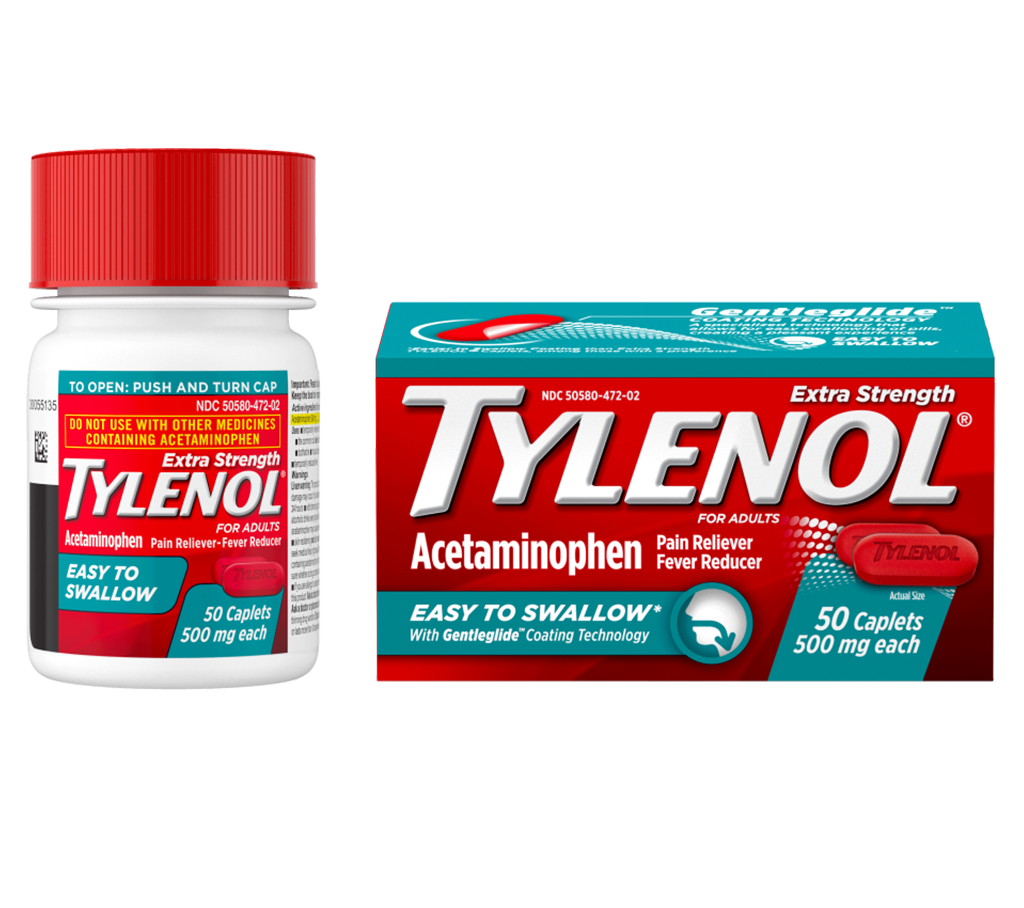What are the symptoms of a shoulder sprain?
The symptoms of a shoulder sprain can vary in severity but typically include:
- Shoulder Pain: Pain in the shoulder that may range from mild to severe, often worsening with movement or pressure.
- Swelling: Swelling around the shoulder joint or in the surrounding area.
- Bruising: Discoloration or bruising around the shoulder, which can result from bleeding within the tissues.
- Limited Range of Motion: Difficulty moving the shoulder or reduced ability to move it through its full range of motion.
- Tenderness: Sensitivity or tenderness when touching or pressing on the shoulder.
- Instability: Feeling of weakness or instability in the shoulder, particularly when trying to use or lift the arm.
- Stiffness: The shoulder may feel stiff or tight, making it difficult to move or stretch.
If you experience these symptoms following an injury or strain, it’s important to seek medical evaluation to determine the extent of the sprain and receive appropriate treatment.
What are the causes of a shoulder sprain?
A shoulder sprain typically occurs due to overstretching or tearing of the ligaments in the shoulder joint. Common causes include:
- Trauma or Injury: Direct impact or forceful trauma to the shoulder, such as from a fall, collision, or sports-related accident.
- Overuse: Repetitive motions or overuse of the shoulder, especially in activities that involve overhead movements or heavy lifting, can strain the ligaments.
- Poor Posture: Long-term poor posture or incorrect body mechanics can contribute to shoulder strain and sprain.
- Sports Activities: Engaging in sports like football, basketball, or hockey that involve sudden or extreme shoulder movements can lead to sprains.
- Accidental Movements: Sudden, awkward movements or lifting heavy objects improperly can cause the ligaments to stretch or tear.
- Weak Muscles: Weakness in the shoulder muscles may increase the risk of ligament injuries by reducing the support for the shoulder joint.
What is the treatment for a shoulder sprain?
The treatment for a shoulder sprain generally involves a combination of rest, physical therapy, and medication to manage pain and promote healing. Here’s a summary of common treatment approaches:
- Rest: Avoid activities that cause pain or strain to the shoulder. Giving the shoulder time to heal is crucial.
- Ice: Apply ice packs to the injured area for 15-20 minutes at a time, several times a day, to reduce swelling and pain.
- Compression: Use an elastic bandage or shoulder brace to help reduce swelling and support the shoulder.
- Elevation: Keep the shoulder elevated to help reduce swelling, especially if there’s significant swelling.
- Medications: Over-the-counter pain relievers, such as ibuprofen or acetaminophen, can help alleviate pain and inflammation.
- Physical Therapy: Engage in physical therapy exercises to restore strength, flexibility, and range of motion. A therapist can provide tailored exercises to support recovery.
- Heat Therapy: After the initial swelling has decreased, applying heat may help relax tight muscles and improve circulation.
- Support: Use a sling or shoulder brace as advised by a healthcare provider to keep the shoulder in a stable position during the healing process.
- Avoiding Strain: Gradually return to normal activities, ensuring to avoid movements that could aggravate the injury.
For severe sprains or if symptoms persist despite treatment, it may be necessary to consult with a healthcare provider for further evaluation and possibly imaging studies to rule out more serious injuries.

Leave a Reply
You must be logged in to post a comment.